Celebrating the 400th anniversary of the artist’s death in a rich, image-filled edition describing his life, works and legacy.



by Claudia Palmira Acunto
Caravaggio. The New York Times recently published that this “anithero” artist had superceded Michelangelo in his relevance to contemporary viewers. The lines outside of the Rome’s Scuderie del Quirinale exhibition certainly seem to prove this.

During his February visit to the U.S., Gianfranco Fini attended a reception at the Library of Congress hosted by the Speaker of the House Nancy Pelosi, where he presented a rare volume of Michelangelo: La Dotta Mano, as a gift to Congress. Late in the evening, Fini attended a dinner hosted by Italian Ambassador Giulio Terzi.
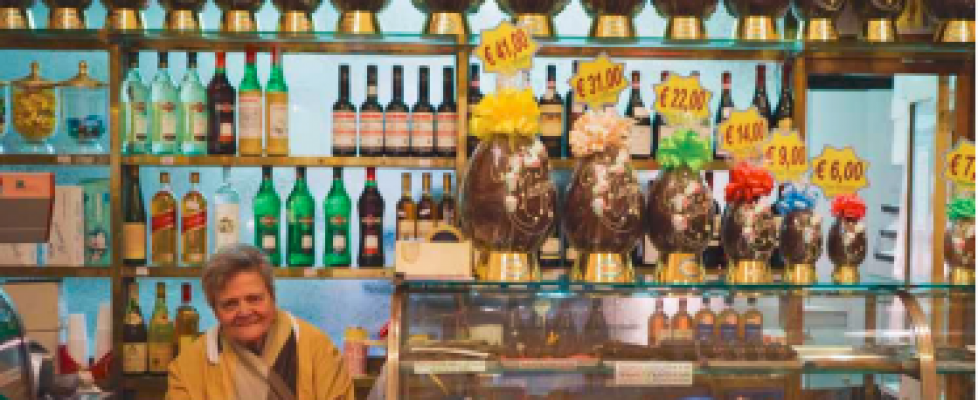
by Mauro BENEDETTI Meandering down the ancient cobblestones of Via del Moro, a pasticceria (sweet shop), plump chocolate eggs – and their Signora – preside during the Lenten weeks. Outside a nearby tavern, some men take in the street scene, using a motorino as a stoop.
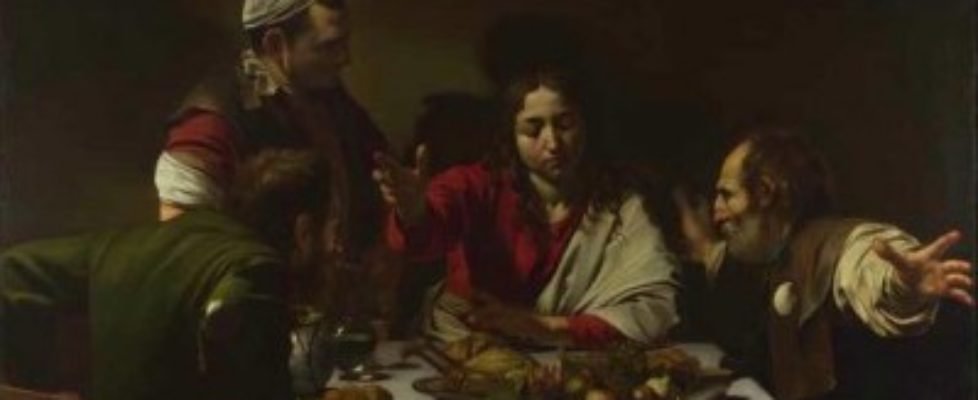
by Francesco BURANELLI and Rossella VODRET
On the 18th of July 1610, Michelangelo Merisi da Caravaggio – one of the greatest painters in the history of Italy – ended his short turbulent life at the young age of 39, at the Santa Maria Ausiliatrice Hospital of Porto Ercole, in the Southern Coast of the Grand Duchy of Tuscany. About him, André Berne-Joffroy stated: “What begins in the work of Caravaggio is, quite simply, modern painting.”
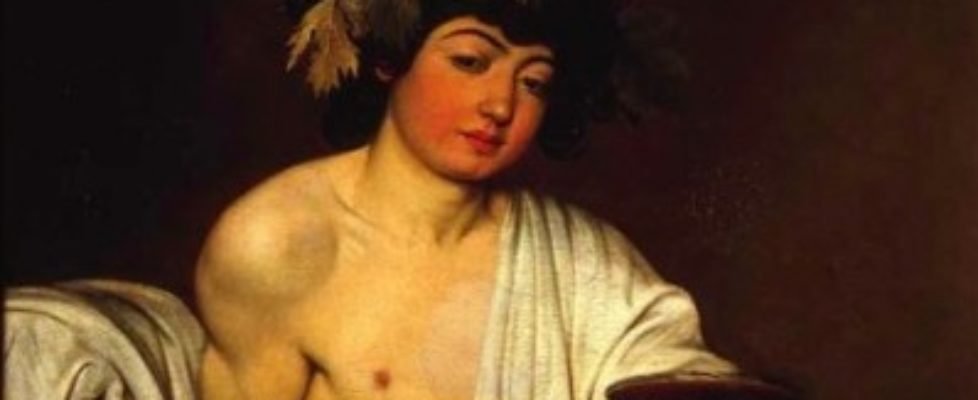
by Laura GIACALONE
With his riotous temperament and troubled life, Caravaggio seems to perfectly embody the myth of the rebellious genius, a quality that he shares with other great talents from the worlds of art, literature, film and music.
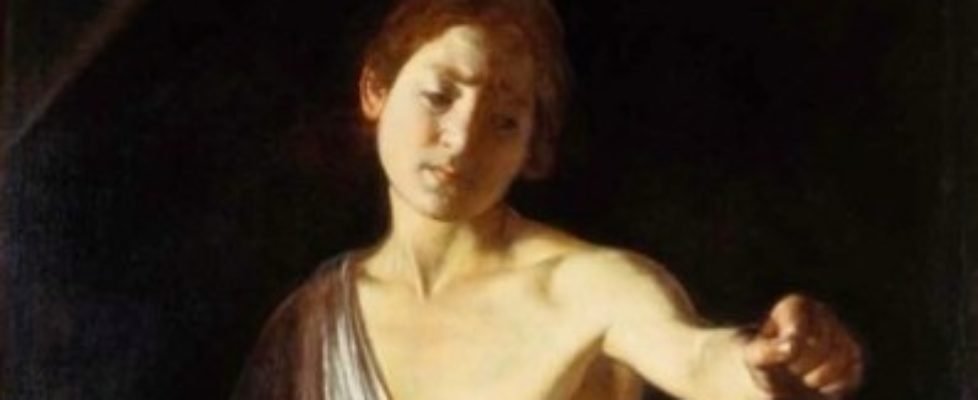
by Claudio STRINATI Caravaggio inevitably attracts us because we sense that his life and art are tightly, inextricably connected. At one time, the explanation for this fact seemed straightforward: He lived a tragic, challenging life, withstanding many difficulties, which manifested itself in the extreme (some say grotesque) power of his art filled with violence, inescapable […]
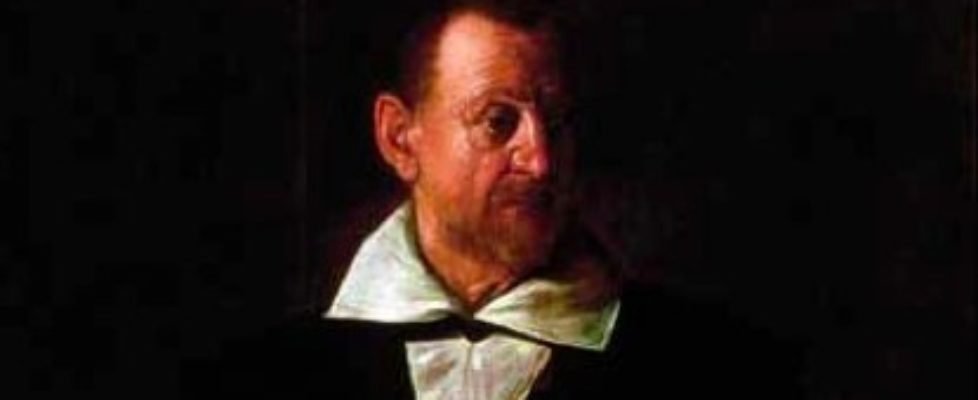
by John VARRIANO
Portraiture is perhaps the most natural challenge to the realist painter. Alone of the genres, it combines spirit with substance and focuses directly on living individuals. It would seem particularly natural that Caravaggio be moved to paint portraits since he was instinctively drawn to the human figure and the expressive psychology of the mind. Portraiture, moreover, was renowned among his predecessors and contemporaries in Lombardy and Rome. Painters in the north like Moroni, Lotto, and Cavagna, or Romans like Pulzone or Ottavio Leoni had fashioned highly realistic likenesses that Caravaggio could hardly have failed to notice. His principal patrons in Rome were enthusiastic collectors of portraits and their palaces were full of such pictures. Indeed, more than half of the 600 paintings in the Del Monte Collection were portraits.

by Keith SCIBERRAS
When on 6 October 1608, Michelangelo Merisi da Caravaggio, a Knight of the Order of St John of Jerusalem, Rhodes, and Malta, escaped from detention in Fort St Angelo on the small Mediterranean Island of Malta, he became Malta’s most wanted fugitive.
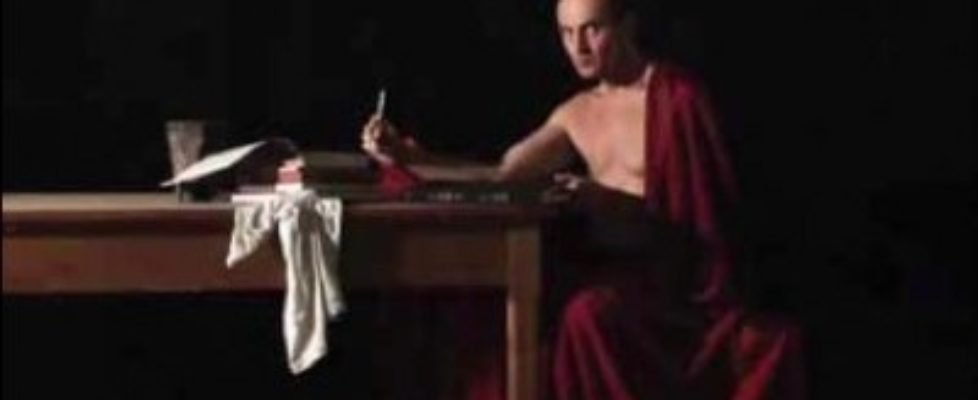
by John KELLY
My performance work evolved out of a background in dance and visual art, and has remained essentially ephemeral. I’ve retained a long-standing desire to merge these two disciplines into a tangible synthesis. This impulse resulted in a studio practice I recently implemented while a Visual Arts Fellow at the American Academy in Rome.
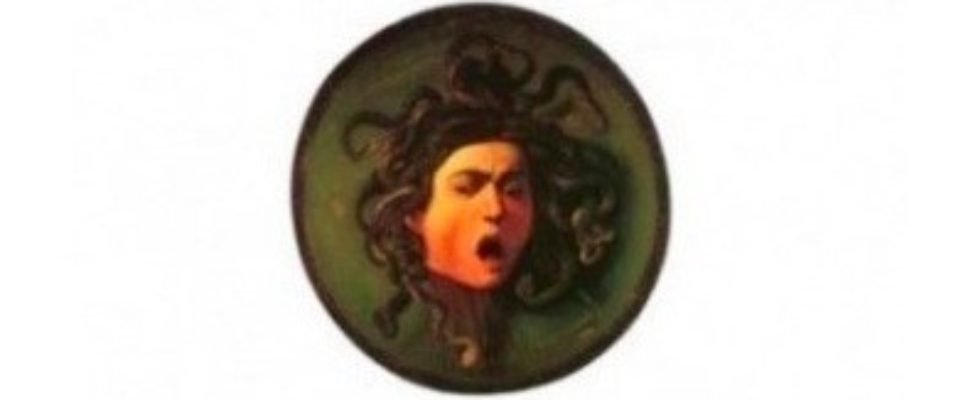
by Mieke BAL
Like any form of representation, art is inevitably engaged with what came before it, and that engagement is an active reworking. It specifies what and how our gaze sees. Hence, the work performed by later images obliterates the older images as they were before that intervention and creates new versions of old images instead. This process is exemplified by an engagement of contemporary culture with the past that has important implications for the ways we conceive of both history and culture in the present.